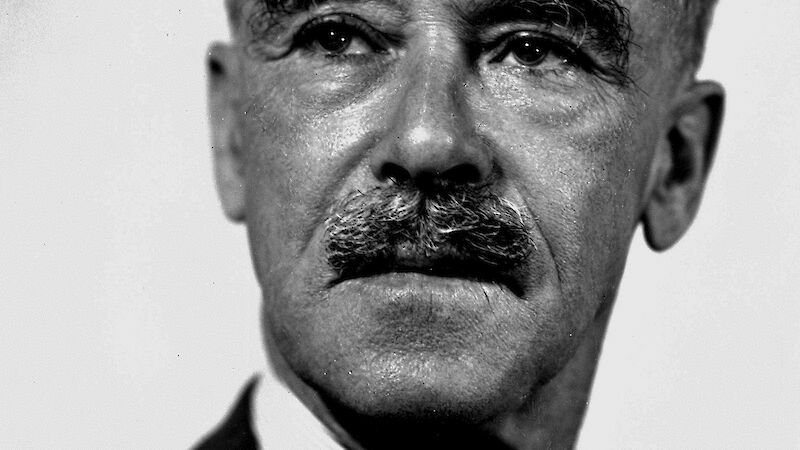Antarctic contribution
During his lifetime, Lord Richard Casey, politician, diplomat and Governor-General, championed Australia’s Antarctic interests.
In 1937, Casey had his first experience of Antarctic affairs as chairman of the polar committee of the Imperial Conference in London. He was a strong advocate for establishing permanent meteorological stations in the Antarctic to improve the accuracy of climatic data.
In 1939, Prime Minister Robert Menzies appointed Casey Minister for Supply and Development. The following year, Casey became the first Australian Minister to the United States, and was based in Washington. During World War II, Casey moved to the United Kingdom taking a position on the British War Cabinet as Minister of State in Cairo, and later, the Governor of Bengal to implement major social and infrastructure improvements in eastern India.
Returning to Australia in 1946, Casey won the seat of Latrobe under Menzies. He was appointed Minister for External Affairs including the Commonwealth Scientific and Industrial Research Organisation (CSIRO), a role he continued until his retirement.
Casey quickly took up the cause of Australian National Antarctic Research Expeditions (ANARE). Formed in 1947, ANARE had already established bases on sub-Antarctic Heard and Macquarie Islands, but not yet on the Antarctic continent. As chairman of the ANARE Executive Planning Committee, he worked closely with the Director of the Antarctic Division, Phillip Law.
In 1953, Casey announced that Australia would further year-round expeditions in Antarctica, a goal it achieved with the establishment of Mawson station the following year. Within 3 years, a second Australian Antarctic station, Davis, was established.
Awards and honours
In 1969, Lord Casey’s support of Antarctic exploration and research over 3 decades was honoured by Australia with the naming of its third Antarctic station, Casey.

